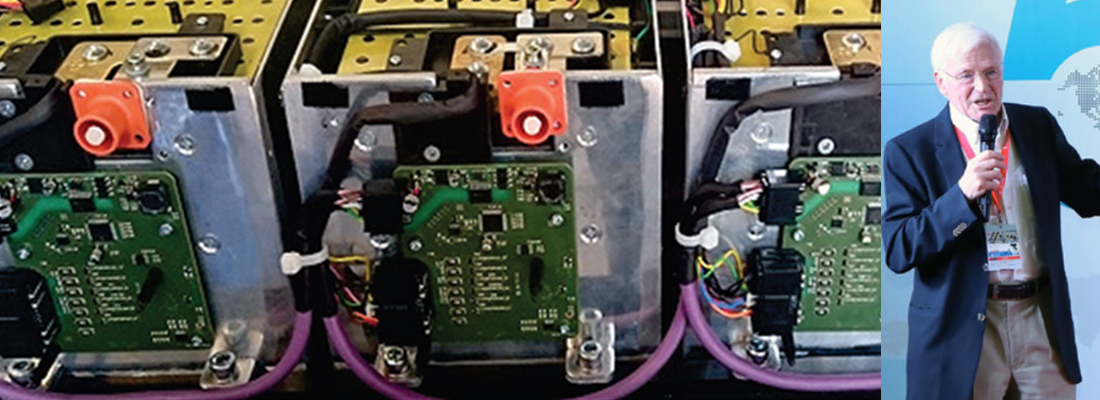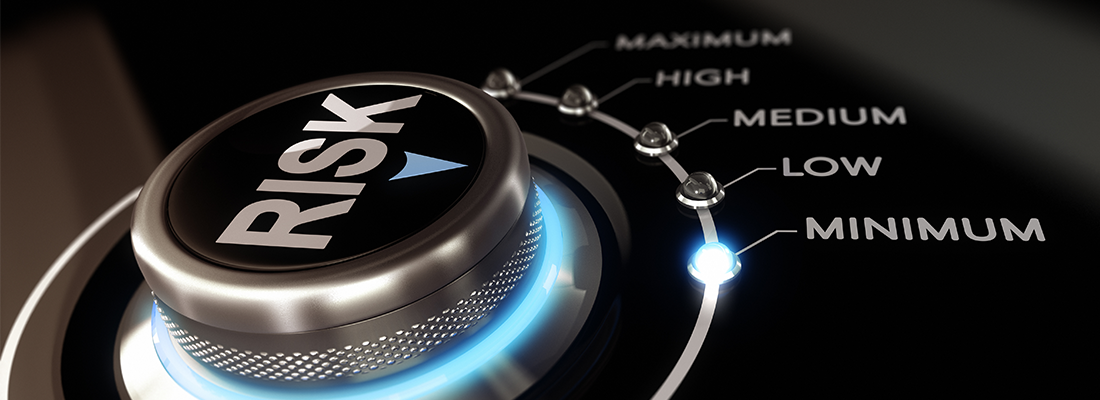EVs and charging systems – part two
In the first part of our study, we have observed how the spread of electric vehicles is revolutionizing automotive. In addition to having to deal with a different construction technology compared to internal combustion cars, the paradigm also shifts regarding the technology related to charging infrastructure. Let's analyse its operation, the different existing types and charging modes, power usage, together with other kinds of recharge methods, such as battery swapping, wireless road systems, smart lamppost, and on-demand fast charging service.
EVs charging systems, the paradigm changes
As mentioned before, with the advent of EVs, the technology and charging infrastructure associated with these new vehicles have also evolved. From the now well-established all-electric cars (BEVs) to plug-in hybrids and the latest plug-in range extenders, all these models require electric vehicle charging stations. This specific technique allows vehicle batteries to be recharged easily and conveniently through dedicated connectors, with different methods and times depending on the type of charging station and vehicle. However, as we will see later, technology has advanced, offering other types of charging systems.
This power technology for mobility, which has been growing in recent years, is part of a process of environmental awareness and a gradual transition to renewable energy and alternative fuels to reduce vehicle traffic pollution and the production of fine particulate matter (PM) and other air pollutants. Various types of electric charging stations are spread across the territory, allowing users to independently recharge their vehicles, just as they are accustomed to doing with gasoline or diesel.
The importance of different charging modes
Standards define different charging modes, each mode has different charging capabilities, and the appropriate charging mode for an electric vehicle depends on its specifications and requirements.
EV chargers currently come in three different modes: Level 1, Level 2, and Level 3. Level 3 is also commonly known as Direct Current Fast Charging (DCFC).
In Level 1 & 2, the EV is connected to AC power, 120V or 240V, and a battery charger in the EV converts the AC power to the DC needed to charge the battery and controls the charging process. In DCFC the DCFC converts the AC power to DC and the DC power is sent directly to the EV battery bypassing the onboard battery charger. This allows the DCFC to charge the EV battery directly. Level 1 & 2 charging is generally limited by the AC power available and the size of the onboard battery charger installed in the EV. DCFC is limited by the rating of the DCFC equipment and the amount of power available from the utility or other primary power sources. The charge rate, range of the EV, and the amount of time that the EV is available to recharge, known as the dwell time, work together to determine the best type of EV charging system needed for the application.
Level 1
This charge level is the simplest level of EV charging and consists of plugging the EV into a standard 120V AC receptacle using a unique electrical cord with the appropriate plugs in each end. The built-in battery charger in the EV then charges the battery. This type of charging is generally limited by the amount of power that can be supplied by the receptacle usually, 12-16A or less (1.44-1.92kW) which based on an EV with a 3 MPkWh rating will add up to 5.8 kilometres for each hour of charging. If we charge for 10 hours overnight, it would only add up to 58 kilometres to the battery. Level 1 charging is useful for only limited range EVs when daily kilometres driven are low, or when several days of dwell time are available between EV usage.
Level 1 chargers are inexpensive, readily available, and can be carried with the EV.
Level 2
Level 2 chargers allow the EV to be connected to a 240V receptacle, like that used for an electric range or clothes dryer. Level 2 chargers are currently available up to around 20kW and continuing our example would add about 100 kms for each hour of charging at 20kW. Many Level 2 chargers are in the 7kW to 10kW range. Enough to fully recharge most EVs overnight. A long-range car or a delivery van might have a battery capacity of 100kWh and could be recharged over a little more than 10 hours by a Level 2 10kW charger taking system losses into account.
Level 2 chargers are readily available and moderately priced. Higher capacity Level 2 chargers are fixed in place, but lower capacity portable ones are available. Finding a 240V receptacle to plug into can be much more challenging than a Level 1 120V receptacle though.
Level 3 or DCFC
DCFC charging uses DC to charge the EV battery without needing to go through the onboard AC battery charger. This charging level allows for a much higher capacity battery charging system. DCFC chargers, due to the cost and need for 480V electrical service, are usually limited to commercial use, either in commercial fast charging stations or in fleet operations. A 100kW DCFC can recharge an EV with a 100kWh battery in about an hour. At his rate, a 3MPkWh EV will gain 300 kilometres for each hour of charging.
DCFC chargers are significantly more expensive than Level 1 or 2 chargers and require 480V 3 phase power. This limits them mostly to commercial EV charger installations.
Charging, not only a station and a cable
The development of electric automotive technology also involves the various alternatives for charging electric cars. Let's take a look at the current scenario.
Battery Swapping

Battery Swapping is the process of replacing a discharged battery with a charged battery and placing it in a mother component (vehicle or bike), while keeping the discharged battery in a charging platform/station. This aids in the super-fast charging of batteries. This removes the range barrier for electric vehicles, allowing for the standardisation and interchangeability of batteries from multiple companies. The main issue with the entire setup is that if the battery dimensions differ from company to company, the technology may prove ineffective. To address this issue, the manufacturer must ensure that their battery, as well as other batteries, can perform their functions in the respective vehicles. The advantage of swapping technology is that instead of waiting for the battery's charging time to return to the destination, the owner can simply swap the battery with another fully charged battery within minutes and continue the journey.
Wireless electric road system

The new wireless electric roadways will make it possible to charge EVs while driving and positively impact the environment and businesses. Due to their significant advantages in time savings and decreased strain on the current power infrastructure, wireless charging highways outfitted with energy storage devices are potential electric vehicle solutions. The architecture may be used to charge dozens of vehicles at once without putting additional strain on the electric grid. The wireless charging system is based on the transmission of energy from a power source to a consuming item without wires or cables and has extensive applications for automotive as well as commercial use. Infrastructure implementation is rapid and simple, and up to one kilometre of wireless electric road can be laid in one night, claim the two primary businesses developing a wireless charging system, which are based in Israel and the United States. Electric vehicle power and charging are made possible by dependable, practical, and secure technology. By doing away with physical connectors and cords, it also offers advantages over conventional charging systems that are effective, affordable, and safe. The absence of visual consequences and minimum real estate needs and building modifications result from covert subsurface installation. The innovation boosts the use of electric vehicles while decreasing charging wait times and removing range anxiety. Wireless electric road systems have several advantages, including no fuel costs, emission reduction, increased operational hours, cost-effective solutions, reduction of traffic congestion and pollution, and accelerated corporate adoption of electric vehicles.
Smart lamppost charger
This technology is based on a low-power charging station integrated into a streetlight pole, which not only provides high-efficiency street lighting but also adds a new service. These widely distributed streetlights can become multifunctional hubs. In addition to ensuring street illumination, they can host systems for charging electric vehicles, surveillance devices, 5G connectivity, and much more. The goal is to maximize the use of existing infrastructure without further occupying public space, contributing to the transition toward more sustainable and technologically advanced cities.
On-demand fast charging service

It's called E-GAP Delivery Fast, and thanks to the innovation of an Italian company, it represents a smart solution to address the issue of fast charging stations not yet being widely available, which can be inconvenient for electric car owners. At any time, wherever the vehicle is located, users can request on-demand charging, which will be delivered by a dedicated van with a power output equivalent to a fast-charging station (up to 80 kW). The entire process, from booking to payment, is managed through an app. Users can book a charging session directly from their smartphone, either by activating geolocation or specifying a future location where the vehicle will be parked. Next, users select how quickly they need the charging service. Even if the owner is not physically present, the E-GAP van reaches the vehicle, and the operator takes care of refuelling it with energy within the requested time frame. Through the app, users can track the charging process in real time. Once the session is complete, the system automatically charges the cost to the registered credit card. Charging an electric car with E-GAP Delivery Fast is also a 100% green choice, as all the vans used are fully electric and rely on batteries that provide energy from certified renewable sources.





